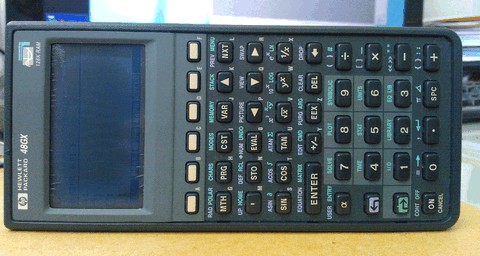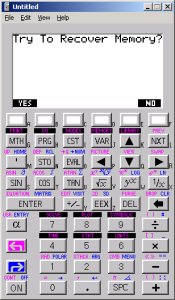
In some architectures, port-mapped I/O operates via a dedicated I/O bus, alleviating the problem. This is because the peripheral device is usually much slower than main memory. I/O operations can slow memory access if the address and data buses are shared. Lastly, each interrupt line carries only one bit of information with a fixed meaning, namely "an event that requires attention has occurred in a device on this interrupt line". It is also unidirectional, as information flows only from device to CPU. An interrupt is device-initiated, as opposed to the methods mentioned above, which are CPU-initiated. Hardware interrupts are another communication method between the CPU and peripheral devices, however, for a number of reasons, interrupts are always treated separately. ĭifferent CPU-to-device communication methods, such as memory mapping, do not affect the direct memory access (DMA) for a device, because, by definition, DMA is a memory-to-device communication method that bypasses the CPU. Because the address space for I/O is isolated from that for main memory, this is sometimes referred to as isolated I/O. I/O devices have a separate address space from general memory, either accomplished by an extra "I/O" pin on the CPU's physical interface, or an entire bus dedicated to I/O. Different forms of these two instructions can copy one, two or four bytes ( outb, outw and outl, respectively) between the EAX register or one of that register's subdivisions on the CPU and a specified I/O port which is assigned to an I/O device. Port-mapped I/O often uses a special class of CPU instructions designed specifically for performing I/O, such as the in and out instructions found on microprocessors based on the x86 and x86-64 architectures. An example of the latter is found in the Commodore 64, which uses a form of memory mapping to cause RAM or I/O hardware to appear in the 0xD000-0xDFFF range. The reservation may be permanent, or temporary (as achieved via bank switching). To accommodate the I/O devices, areas of the addresses used by the CPU must be reserved for I/O and must not be available for normal physical memory. Each I/O device monitors the CPU's address bus and responds to any CPU access of an address assigned to that device, connecting the data bus to the desired device's hardware register. Thus, the CPU instructions used to access the memory can also be used for accessing devices. So a memory address may refer to either a portion of physical RAM, or instead to memory of the I/O device.

The memory and registers of the I/O devices are mapped to (associated with) address values.

Memory-mapped I/O uses the same address space to address both memory and I/O devices.

An alternative approach is using dedicated I/O processors, commonly known as channels on mainframe computers, which execute their own instructions. Memory-mapped I/O ( MMIO) and port-mapped I/O ( PMIO) are two complementary methods of performing input/output (I/O) between the central processing unit (CPU) and peripheral devices in a computer. JSTOR ( August 2010) ( Learn how and when to remove this template message).Unsourced material may be challenged and removed.įind sources: "Memory-mapped I/O" – news Please help improve this article by adding citations to reliable sources. This article needs additional citations for verification.


 0 kommentar(er)
0 kommentar(er)
